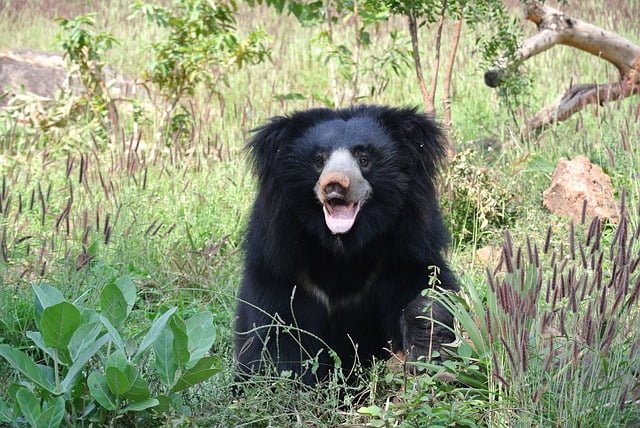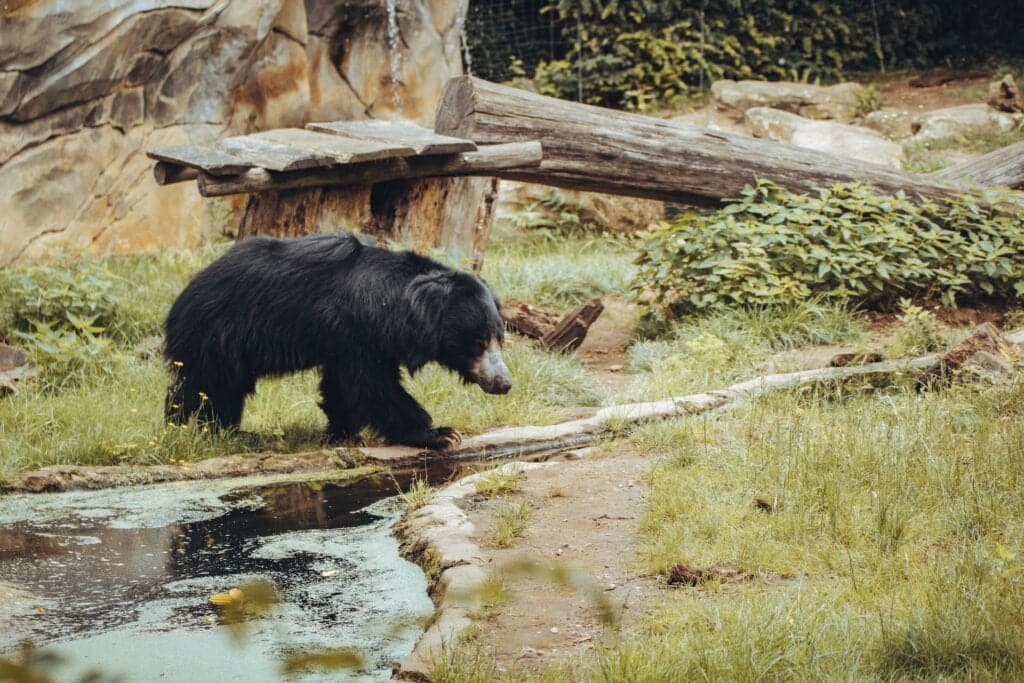When it comes to bears, most people think of the ferocious grizzly or the adorable polar bear. But there is another bear that often goes unnoticed – the sloth bear. These fascinating creatures are native to the Indian subcontinent and are known for their unique appearance and gentle nature.
Table of Contents
Appearance and Behavior
Sloth bears are easily recognizable by their shaggy black fur and long, curved claws. They have a distinct snout that is specially adapted for feeding on insects, their primary source of food. Unlike other bears, sloth bears are primarily nocturnal and spend most of their days sleeping in trees or caves.
Despite their name, sloth bears are not related to sloths. The name comes from their slow and deliberate movements on the ground. They have a lumbering gait and can often be seen ambling through the forests in search of food.
Diet and Feeding Habits
As mentioned earlier, sloth bears primarily feed on insects, particularly termites and ants. They have a remarkable sense of smell, which helps them locate termite mounds and ant hills. Once they find their target, they use their strong claws to tear open the mounds and extract the insects using their long tongues.
Interestingly, sloth bears are also known to feed on fruits, honey, and occasionally small mammals. They have been observed raiding beehives and consuming the honeycomb and larvae. This versatile diet allows them to survive in a variety of habitats, from dense forests to grasslands.

Conservation Status
Unfortunately, sloth bears are currently listed as vulnerable on the IUCN Red List of Threatened Species. Their population has declined significantly due to habitat loss, poaching, and human-wildlife conflict. The destruction of forests for agriculture and urbanization has led to a loss of their natural habitat, forcing them to venture into human settlements in search of food.
Efforts are being made to protect sloth bears and their habitats. Conservation organizations are working to create protected areas and raise awareness about the importance of these unique creatures. It is crucial for us to understand the value of biodiversity and take steps to ensure the survival of species like the sloth bear.
Conclusion
Sloth bears may not be as well-known as other bear species, but they are undoubtedly fascinating creatures. Their gentle nature, unique appearance, and specialized feeding habits make them a truly remarkable species. However, their survival is at risk, and it is up to us to protect them and their habitats. By raising awareness and supporting conservation efforts, we can ensure that future generations will be able to admire these gentle giants in the wild.


